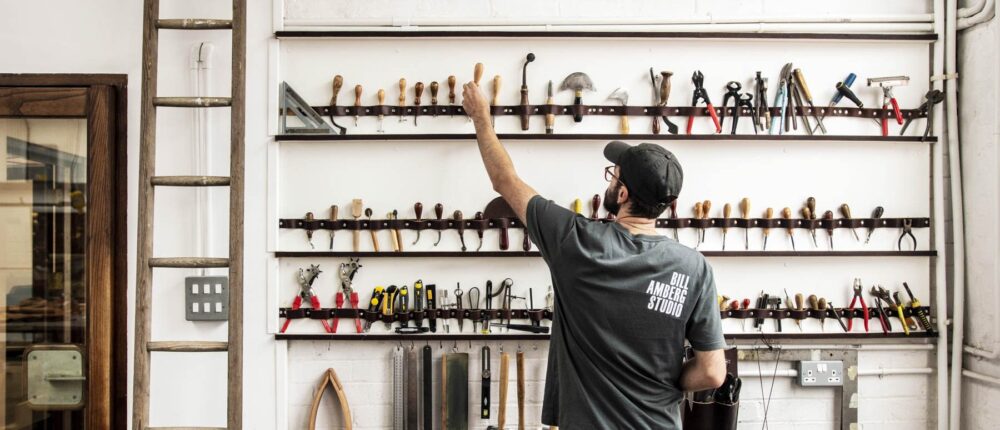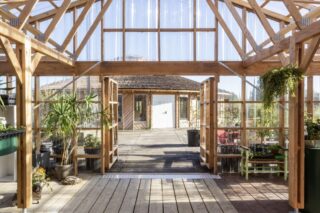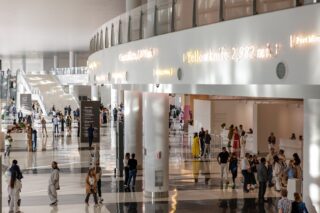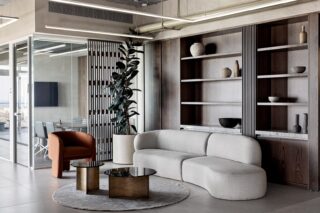Responsible for a Jurassic World Dominion iconic bag, the London-based atelier Bill Amberg Studio previews upcoming collaborations and its growing role in leather innovation.
Remember the iconic backpack seen in the film Jurassic World Dominion worn by Laura Dern? Responsible for this brown leather backpack, Bill Amberg Studio handcrafts its bags in the UK using century-old techniques.
While the fashion industry acknowledges the large carbon footprint of leather, it points to an unavoidable fact: The industry recycles hide waste from the meat production industry to fabricate a durable material that fits into the “buy less, buy better” ethos.
“I’ve embraced new technologies to further explore leather. Being a byproduct of the meat industry, the sustainable credentials of leather make it even more desirable in a world appropriately focused on the provenance and environmental impact of design materials,” Bill Amberg stated in an interview with ArchiExpo e-Magazine.
Indeed, the debate over leather remains a point of interest since the early 1900s when synthetic materials surged. Yet, a century later, rare is the sustainable alternative for tanning that doesn’t include petroleum-based vegan options, according to an article in Vogue.
Fascinated since childhood, when his mother would bring cobbler off-cuts to practice on, Bill Amberg has acquired 40 years of experience working with leather. He creates long-lasting, handcrafted pieces made from vegetable-tanned drummed shoulder leather whose natural oils make it robust and water resistant. What sets his work apart are innovative techniques that evolve our relationship with leather, all while maintaining a largely petroleum-free process.
“Ninety-five percent of our adhesives are water- or latex-based, though in rare cases we rely on spirit-based glue for its strength,” the studio confirmed.
Their finishes, meanwhile, are all water-based waxes and moisturizers, preserving the leather’s integrity without harsh chemicals.
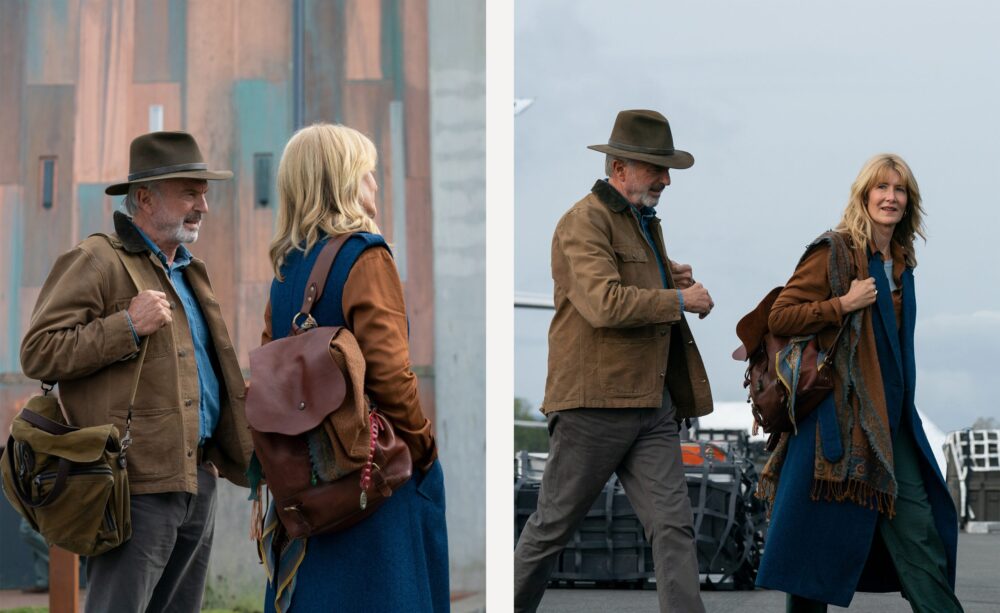
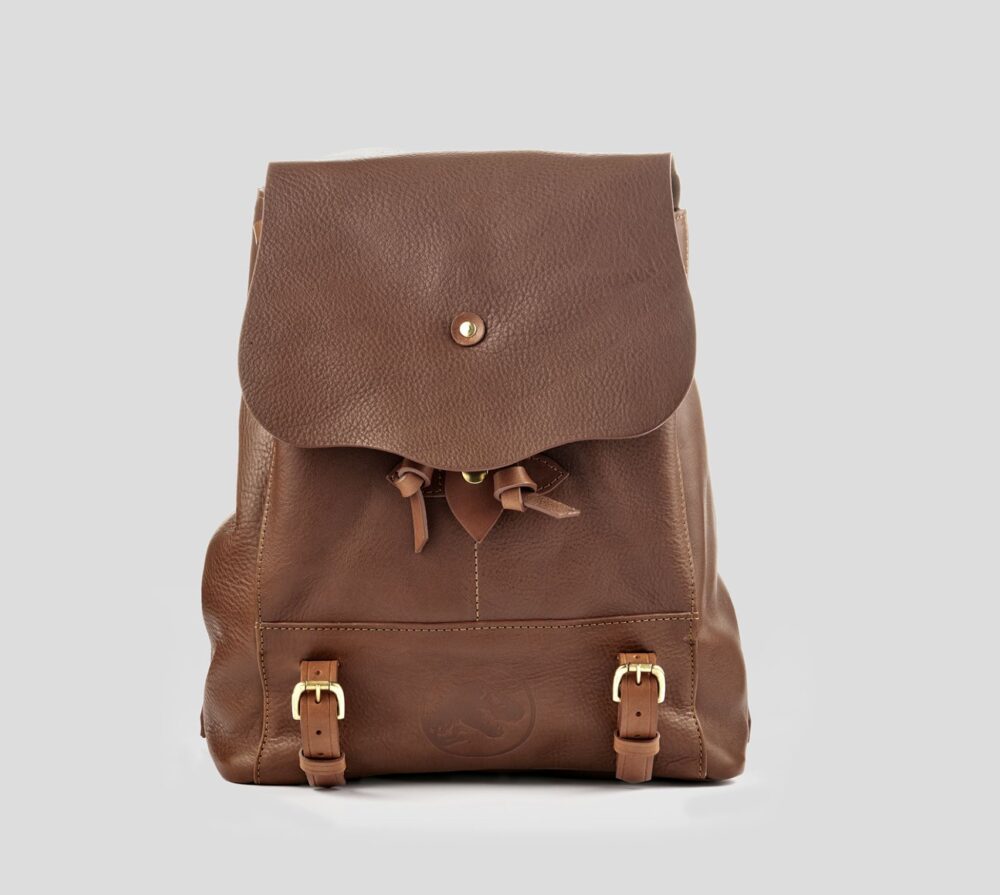
New techniques and an evolving relationship with leather
As mentioned, the designer’s fascination with leather began with his mother, an architect who worked for Alvar Aalto, one of the most influential modernist architects and designers, featured on ARTE as an architect of emotions.
Decades later, the designer is still enthralled with the boundless potential of leather. As the founder of London-based Bill Amberg Studio, he creates bespoke furniture and architectural leatherwork that you can find in luxury residences and cultural institutions around the world. In addition to this, bags and leather goods also remain a core part of the studio’s offering. The studio’s pieces are meant to last for generations, and this is in part due to working with quality materials and time-honored craftsmanship.
“First and foremost, the materials we source are from the finest vegetable tanners in Northern Europe. In our workshop and studio in London, the craftsmen and designers have years of experience in refining the design and handmaking some of the finest leather work in the world,” he said.
The studio has developed two new techniques for using their leather off-cuts in both large and small sections. The first technique, STACK, involves cutting the leather into thin strips, bonding them with bio-resin, and compressing the layers using a custom-built machine designed specifically for the process. The result is a solid, striped-effect board. It was, as their website reveals, “inspired by the traditional practice of layering leather to make shoe heels.” From this technique, they have created a range of tables that are smooth and tactile. There is the classic Stack Table, and the smaller Stack Games Table, a collaboration with Los Angeles-based Studio Burran that features one side clad with a stacked leather finish, and the other with a chessboard inlay.
CHOP is the second technique, which uses smaller pieces of waste leather that can’t be cut into strips. These are shredded and mixed into a bio-resin ‘porridge’, then compressed into a board using heat and pressure. The result? A ‘leather Terrazzo’ looking finish.
“Both techniques are continuing to evolve, and we are enjoying watching their use in both furniture design and architectural installations,” Amberg shared. “The material itself I still find fascinating,” he adds, revealing his ever-evolving relationship to leather over time.

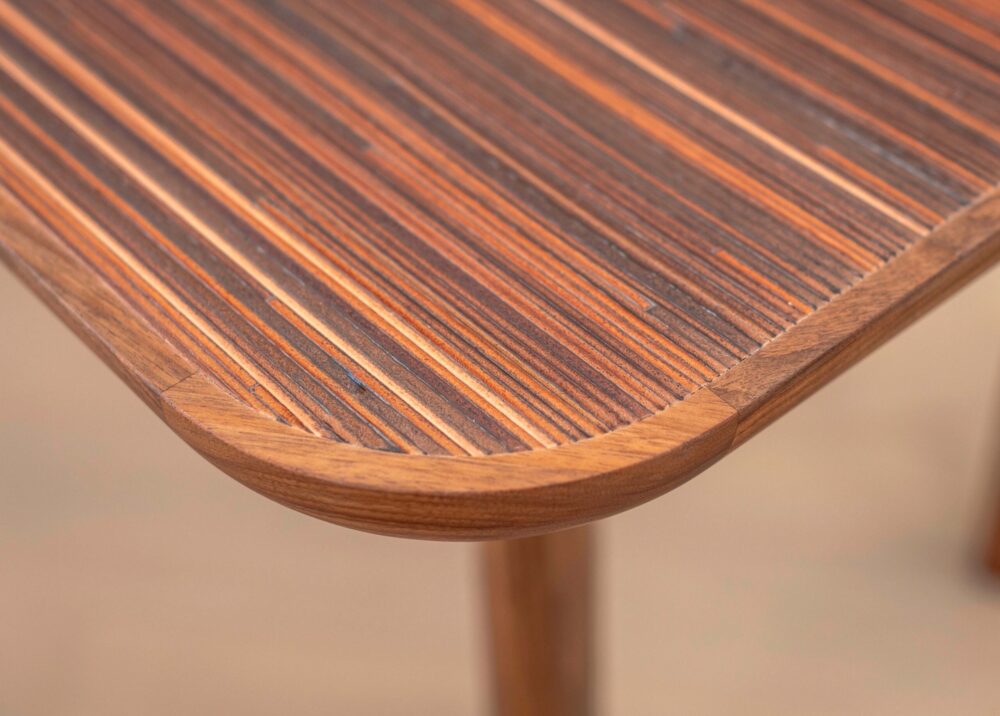
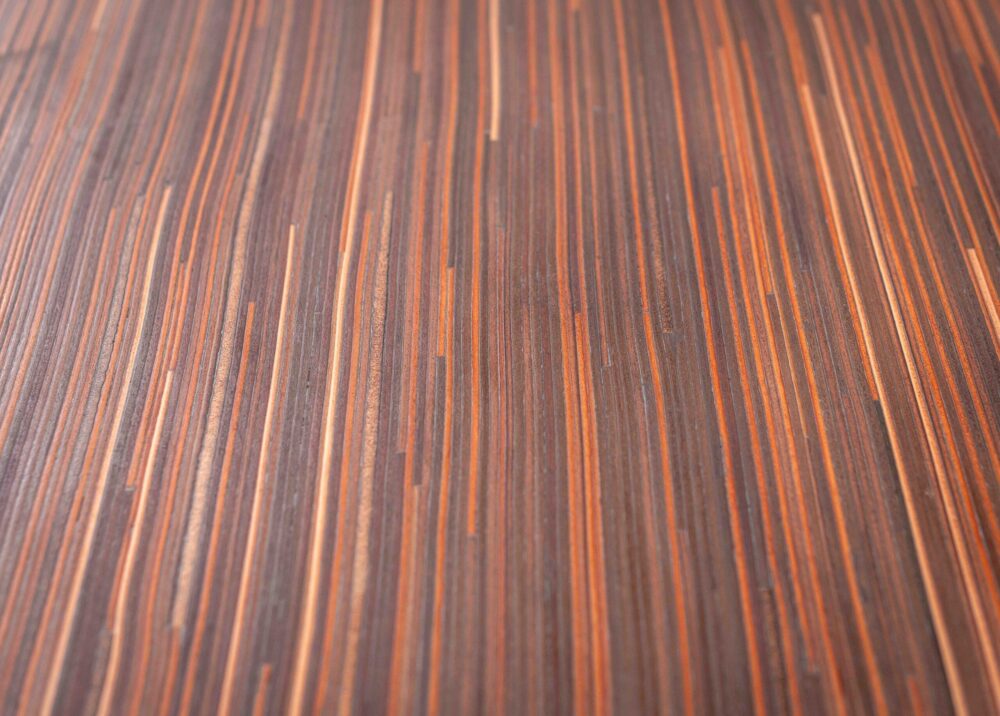
Upcoming projects and the importance of collaboration
Amberg has always prioritized collaborations throughout his career.
“It’s always exciting to bring two minds together on a project. We work closely with many designers and craftspeople across the board, most recently Michael Smith and Brian J McCarthy in the States and Todhunter Earle and Piercy & Company in the UK,” he said.
Most recently, Bill Amberg Studio presented a collaboration with Elizabeth Roberts Architects called The Noble—a dining chair designed with both formality and casual comfort in mind. Featuring a robust solid steel rod frame and vegetable-tanned saddlery leather, Amberg describes the chair as “a study in lightness and precision.”
There are several upcoming collaborations to watch out for. Amberg reveals that the studio is applying its expertise in leather staircases to a technically ambitious project in Baltimore with architecture firm Marmol Radziner. While things are still under construction, what Amberg can share is that it features a beautiful spiral staircase, fully clad on both sides of the wall and handrail, spanning two floors. The studio is using vegetable-tanned, aniline-dyed bridle shoulder panels to achieve a rich, tactile finish.
“We are in the exciting phase of design and development, so more details to come!” he revealed.
On the furniture side, a new chair designed with interior design studio Goddard Littlefair is set to launch later this year. Another forthcoming piece, a chair created in collaboration with rising designer and craftsman Joss Stoddart, is also in the works and expected to debut in the coming months.
With a legacy rooted in craftsmanship and innovation, Bill Amberg Studio continues to push the boundaries of what leather can do in contemporary design. The studio’s work remains a testament to the enduring elegance of materials made to last and the creative partnerships that bring them to life.
